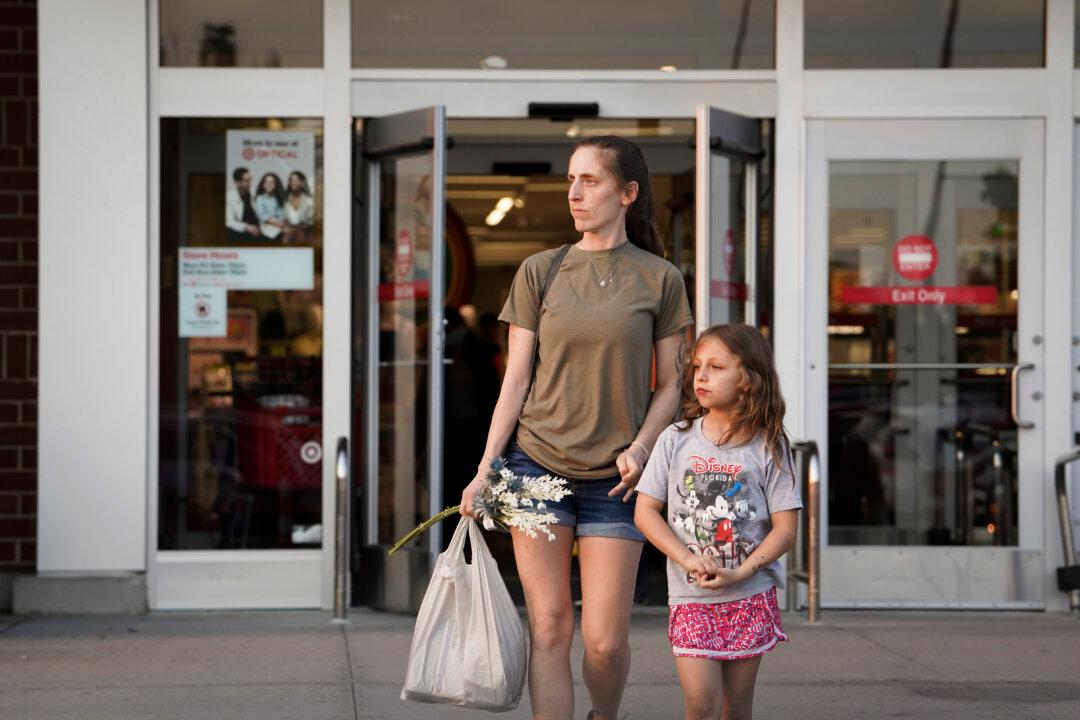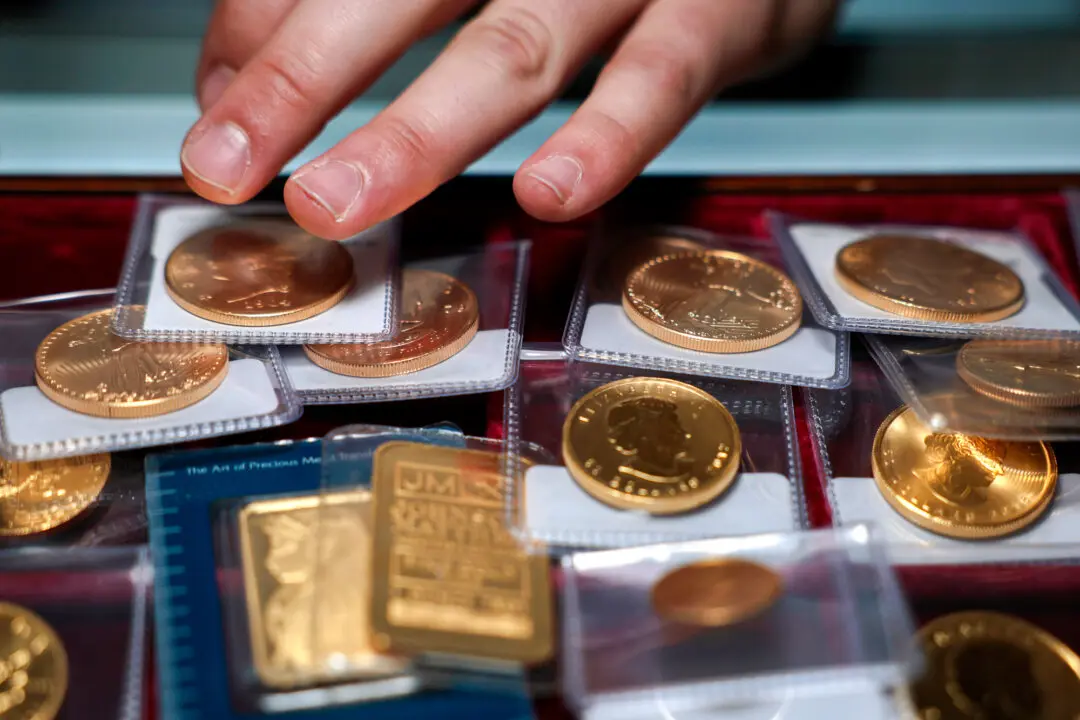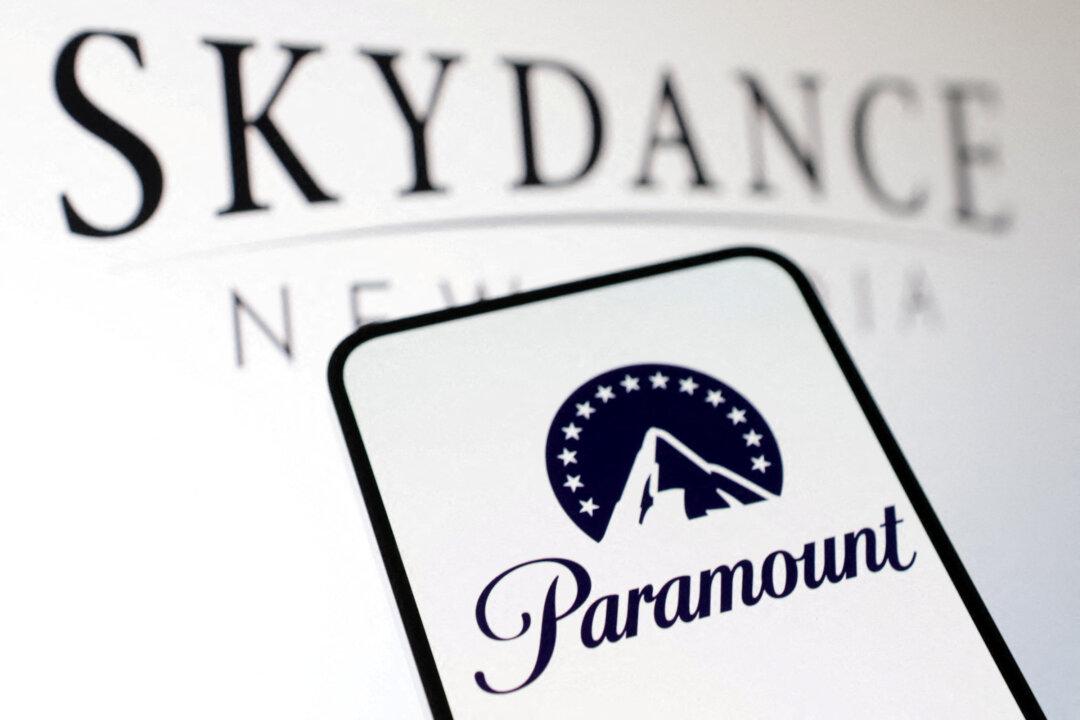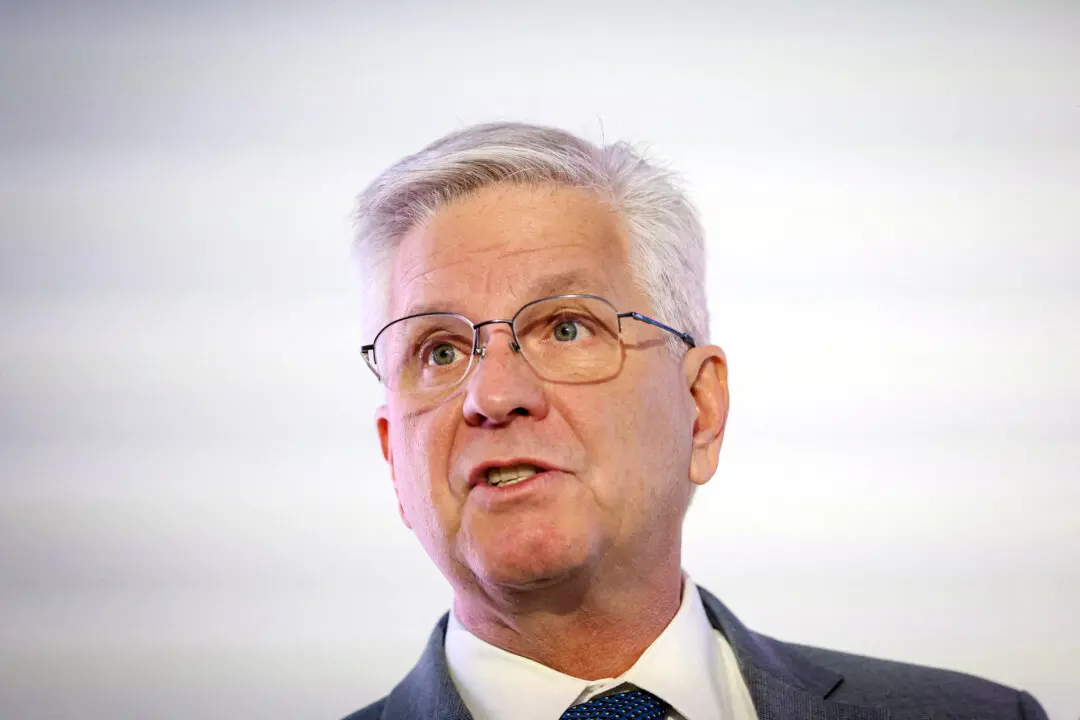The U.S. annual inflation rate rose to a lower-than-expected 3.2 percent in July, marking the first increase in a year, according to the Bureau of Labor Statistics. That was up from a 3 percent rise in June.
The consumer price index (CPI) edged up 0.2 percent month-over-month.





